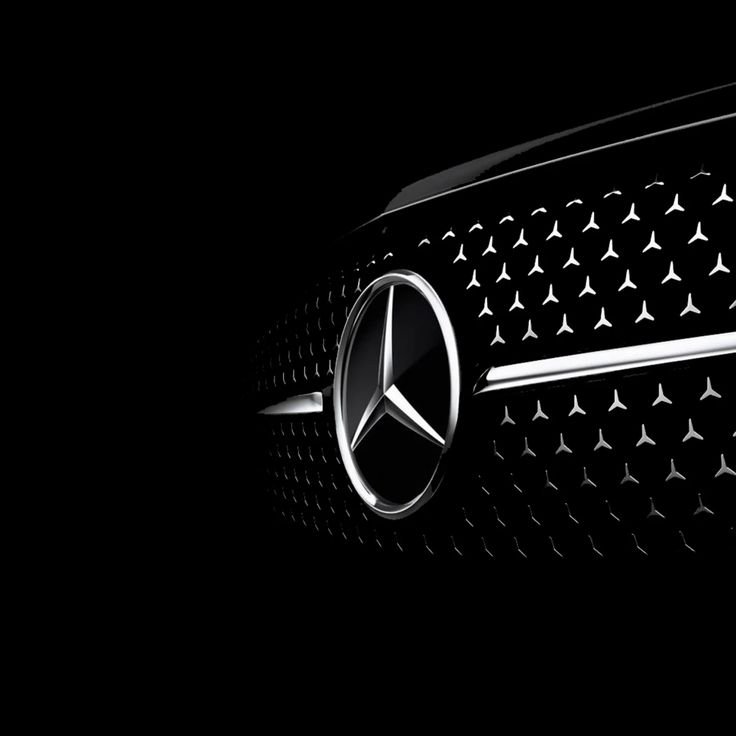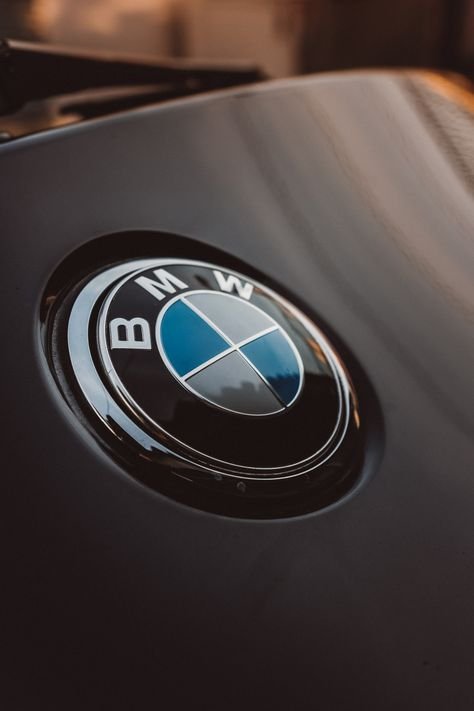
China’s automotive industry stands on the edge of a historic consolidation as two of the country’s major state-owned automakers, Dongfeng Motor Corporation and Chongqing Changan Automobile, have entered advanced merger discussions. Both companies aim to pool resources, scale their operations, and strengthen their positions in the fiercely competitive new energy vehicle (NEV) market. This potential merger reflects the Chinese government’s broader strategy to streamline the automotive sector and push for innovation and self-reliance in critical technologies.
The Driving Force Behind the Merger
The Chinese central government has encouraged consolidation among state-owned enterprises in recent years, especially in the auto industry. Officials want to reduce duplication, increase efficiency, and speed up the transition to green mobility. Both Dongfeng and Changan have responded to this directive. By exploring a merger, they aim to reduce internal competition and improve their chances of competing with private automakers like BYD and global giants like Tesla.
Both companies notified their foreign joint-venture partners about the merger talks, signaling transparency and commitment to maintaining important relationships. This move shows that they plan to carry their existing partnerships into the new structure while redefining their business model for the next phase of growth.
Understanding the Two Giants
Dongfeng Motor, headquartered in Wuhan, runs joint ventures with global brands such as Nissan, Honda, and Peugeot-Citroën. For decades, the company operated as one of China’s largest auto producers. However, Dongfeng has struggled to maintain its market share amid the rise of homegrown EV manufacturers. In 2024, Dongfeng’s total vehicle sales dropped by over 10%, largely because consumers shifted away from traditional combustion-engine cars.
Chongqing Changan Automobile, based in the southwestern city of Chongqing, has enjoyed more success in adapting to new market trends. The company has forged strong partnerships with Ford and Mazda. In recent years, Changan doubled down on its EV strategy. It formed a high-profile joint venture with Huawei and battery giant CATL to produce Avatr-branded EVs. Sales of these vehicles more than doubled in 2024, helping Changan gain ground on its rivals.
This contrast between the two companies highlights both the potential and the challenge of a merger. Changan brings momentum in the EV space, while Dongfeng contributes scale and manufacturing capacity. Together, they can complement each other’s strengths and address their weaknesses.
Strategic Benefits of the Merger
A merged entity would create one of the largest automotive groups in China, with a combined market capitalization exceeding $20 billion. This new company would hold a stronger position in global negotiations, supply chain contracts, and research collaborations. It could consolidate research and development operations, reduce overlapping production lines, and increase bargaining power with suppliers.
The government supports such a move because it aligns with national policy goals. Leaders in Beijing want to reduce China’s reliance on foreign technology, especially in core sectors like batteries, semiconductors, and automotive electronics. Dongfeng and Changan already control large networks of research facilities and production plants. By merging, they can integrate their technology arms and drive faster progress in electric, connected, and autonomous vehicle development.
Moreover, the merger can create cost synergies in logistics, procurement, and operations. Both companies operate in overlapping markets. Instead of competing for the same customers with similar offerings, they can streamline product lines and focus on unique strengths.
Market Reaction Shows Confidence
Investors responded quickly to the merger rumors. Dongfeng Motor’s shares surged by over 85% on the Hong Kong stock exchange shortly after the news broke. Changan Automobile also recorded a 5% increase in its stock price on the Shenzhen exchange. These gains reflect optimism that a merger will unlock significant value and place the combined company in a stronger competitive position.
Analysts believe that investors view the merger as a necessary step in an over-saturated market. China’s auto sector houses dozens of state-owned and private players, many of whom struggle to keep up with rising research costs and low profit margins. A larger, consolidated group can handle the challenges more effectively.
Merger Challenges Ahead
Despite the upside, this merger will face serious hurdles. Corporate culture differences between Dongfeng and Changan may delay integration. Dongfeng’s bureaucratic structure may conflict with Changan’s more agile, innovation-focused model. To succeed, the merged entity will need strong leadership, clear communication, and a commitment to blending their operating philosophies.
Foreign joint ventures also complicate the picture. Dongfeng partners with Japanese and European firms, while Changan works closely with American brands. Merging these complex relationships will require careful negotiation. Joint venture partners may demand assurances about intellectual property protection, product differentiation, and long-term cooperation terms.
Regulatory approval will also play a key role. Even though both companies fall under state ownership, Chinese regulators will still assess the impact on market competition. Officials want to avoid the creation of monopolies or the reduction of consumer choices, even as they push for consolidation.
Internally, both companies must align supply chains, dealer networks, human resources policies, and brand strategies. They must determine whether to retain separate identities or operate under a unified brand umbrella. They must decide which product lines to prioritize and which ones to phase out.
The Bigger Picture: China’s Automotive Future
This merger comes at a critical moment for China’s automotive industry. The government has declared its intention to become the global leader in new energy vehicles. It has offered subsidies, tax breaks, and policy support to push the transition. As a result, Chinese EV makers now outpace many international competitors in sales, innovation, and infrastructure.
However, competition remains fierce. BYD, Tesla, NIO, and XPeng continue to capture headlines and market share. For state-owned automakers to remain relevant, they must move faster, innovate harder, and eliminate inefficiencies. Dongfeng and Changan understand this urgency. Their merger aims to inject new life into their operations and redefine their role in the industry.
The shift toward electrification, automation, and connectivity changes the rules of the game. Traditional manufacturing expertise no longer guarantees success. Companies must develop cutting-edge software, integrate advanced sensors, and build digital ecosystems. Changan has made significant progress in this area, especially through its work with Huawei. Dongfeng can benefit from that knowledge and apply it across its wider manufacturing base.
What Lies Ahead
If Dongfeng and Changan finalize their merger, they will set a precedent for future consolidations in the Chinese auto sector. Other state-owned players like FAW and SAIC may consider similar moves to remain competitive. The government will likely monitor this process closely and provide policy support where necessary.
The coming months will reveal whether the two companies can align their visions and overcome integration challenges. If they succeed, the merger will create a powerful player capable of shaping China’s automotive future.
The road ahead remains complex, but the direction seems clear: merge to compete, innovate to survive, and collaborate to lead.





